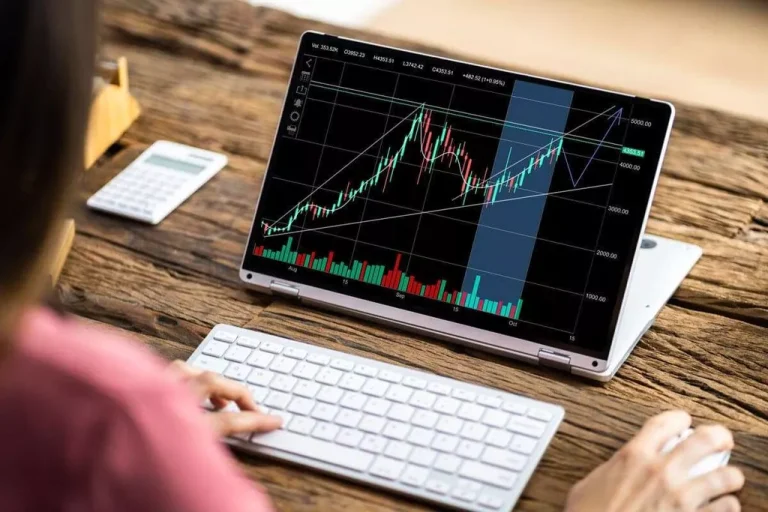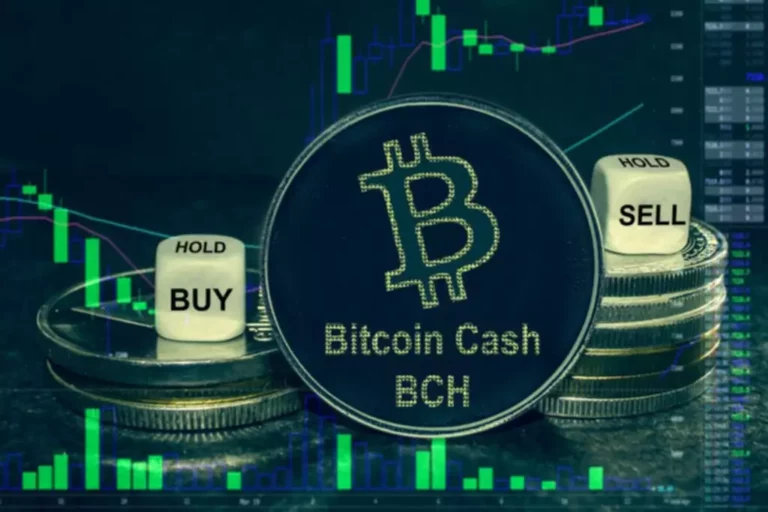Content
Moreover, in order to hold the derivative position open, clearing houses will require the derivative trader to post maintenance margins to avoid a margin call. Interestingly, currency derivatives also allow for investors to access certain FX markets that may be closed to outsiders or where Proof of personhood forward FX trading is banned. These derivatives, called non-deliverable forwards (NDF), are traded offshore and settle in a freely-traded currency, mostly USD.
Exclusive provider of Reuters News
Regulators are asking for more information for audit compliance purposes and generally demanding greater detail about companies’ derivatives actions, according to Wolfgang Koester, CEO of RimTec, a provider of execution and documentation software for hedging management. “Instead of simply saying they have so much of derivatives on the books, the SEC wants to know why and what is the real effect,” he says. FPIs, https://www.xcritical.com/ previously restricted to trading in equity and debt, will now have a broader array of investment options, potentially diversifying their portfolios.
Alpha and beta from corporate and financial credit
Hedging also occurs when an individual or institution buys an asset (such as a commodity, a bond that has coupon payments, a stock that pays dividends, and so on) and sells it using a futures contract. The individual or institution has access to the asset for a specified amount of time, and can then sell it in the future at a specified price according to the futures contract. Of course, this allows the individual or institution the benefit of holding the asset, while reducing the risk that the future selling price will deviate unexpectedly from the market’s current assessment of the future value of the asset. Option products have immediate value at the outset because they provide specified protection (intrinsic value) over a given time period (time value). One common etd meaning form of option product familiar to many consumers is insurance for homes and automobiles.

What Information Does a Derivative Contract Include?

They are traded over the counter, because of the need for swaps contracts to be customizable to suit the needs and requirements of both parties involved. Derivatives contracts for currencies are widely listed on exchanges for trading, allowing investors to trade long or short on these currency pairs. The over-the-counter market offers many contracts, while the exchange-traded derivatives market focuses on a few popular currency pairs. Standardised agreements are provided for these highly traded pairs, ensuring their liquidity. Under US law and the laws of most other developed countries, derivatives have special legal exemptions that make them a particularly attractive legal form to extend credit. The strong creditor protections afforded to derivatives counterparties, in combination with their complexity and lack of transparency however, can cause capital markets to underprice credit risk.
A forward is like a futures in that it specifies the exchange of goods for a specified price at a specified future date. However, a forward is not traded on an exchange and thus does not have the interim partial payments due to marking to market. Nor is the contract standardized, as on the exchange.Unlike an option, both parties of a futures contract must fulfill the contract on the delivery date. The seller delivers the underlying asset to the buyer, or, if it is a cash-settled futures contract, then cash is transferred from the futures trader who sustained a loss to the one who made a profit. To exit the commitment prior to the settlement date, the holder of a futures position can close out its contract obligations by taking the opposite position on another futures contract on the same asset and settlement date.
While the futures contract specifies a trade taking place in the future, the purpose of the futures exchange is to act as intermediary and mitigate the risk of default by either party in the intervening period. For this reason, the futures exchange requires both parties to put up an initial amount of cash (performance bond), the margin. To mitigate risk and the possibility of default by either party, the product is marked to market on a daily basis whereby the difference between the prior agreed-upon price and the actual daily futures price is settled on a daily basis. This is sometimes known as the variation margin where the futures exchange will draw money out of the losing party’s margin account and put it into the other party’s thus ensuring that the correct daily loss or profit is reflected in the respective account. If the margin account goes below a certain value set by the Exchange, then a margin call is made and the account owner must replenish the margin account. Thus on the delivery date, the amount exchanged is not the specified price on the contract but the spot value (i.e., the original value agreed upon, since any gain or loss has already been previously settled by marking to market).
Investing in them is an excellent way to expose your portfolio to the commodity segment without the risk of direct investments. The exchange has standardized terms and specifications for each derivative contract. This makes it easier for investors to determine essential information about what they’re trading, such as the value of a contract, the amount of the security or item represented by a contract (e.g., lots), and how many contracts can be bought or sold. Interest rate options are European-style, cash-settled options in which the underlying is an interest rate based on the spot yield of US Treasurys. Different options are offered for bills expiring at different time spans, e.g. a call buyer is expecting yields to rise and a put buyer is expecting yields to decline.
- In derivatives markets, initial margin is one of two types of collateral required to protect a party to a contract in the event of default by the other counterparty.
- “Instead of simply saying they have so much of derivatives on the books, the SEC wants to know why and what is the real effect,” he says.
- As a leading Clearer, BNP Paribas works closely with clients to ensure that our clearing and execution offering is most relevant from a product or exchange perspective.
- Answering the arguments put forward that clients should not have the right to recover lossesVarious reasons have been put forward for the valuation approach adopted in the clearing documents.
- The clearing house then, is effectively the counterparty for the transaction that faces the trader and not the other party as would be the case in an OTC transaction.
- The concept of exchange-traded derivatives traces back to the 19th century when organized futures markets emerged in Chicago, USA.
In this paper we discuss techniques to compute counterparty risk exposures for ETD portfolios, both computationally efficient and compliant with regulatory requirements. We compare a number of sample ETDs and OTCDs, and we show how the different collateralisation rules may lead to high exposure spikes. We also find that ETDs exposures may be, in some cases, larger than the corresponding OTCDs exposures. Finally, we show that the capital requirements generated by ETDs under the Internal Model Method (IMM) may be larger than those under Current Exposure Method (CEM). These findings may have important consequences for financial institutions holding large ETDs portfolios. As the effects of the market crisis continue to be felt, regulators are looking for greater clarity and transparency into the use of all financial products while businesses are finding they need to know more detail than ever about the derivatives they employ.
The teams provide a range of efficient post-trade solutions that enables clients to automate allocation, manage positions and process reporting. We have a comprehensive in-house algorithm offering, through FinTech partnerships and a global voice desk, and strong commitment in our digital platforms to deliver best-in-class service to clients. US regulators recently announced a proposal to initiate federal oversight of major OTC derivatives dealers and require some credit default swaps and other OTC derivative products to be traded on exchanges. However, some fears have been raised in the market that this could end up reducing or eliminating the flexibility—and hence much of the value—of OTC derivatives.
This development could also contribute to the growth and internationalization of India’s commodity markets, marking a significant step in integrating them with global financial markets. Exchange-traded derivatives are also beneficial because they prevent both transacting parties from dealing with each other through intermediation. Both parties in a transaction will report to the exchange; therefore, neither party faces a counterparty risk.
The insured would pay more for a policy with greater liability protections (intrinsic value) and one that extends for a year rather than six months (time value). Because of the immediate option value, the option purchaser typically pays an up front premium. Just like for lock products, movements in the underlying asset will cause the option’s intrinsic value to change over time while its time value deteriorates steadily until the contract expires. Lock products are theoretically valued at zero at the time of execution and thus do not typically require an up-front exchange between the parties. Based upon movements in the underlying asset over time, however, the value of the contract will fluctuate, and the derivative may be either an asset (i.e., “in the money”) or a liability (i.e., “out of the money”) at different points throughout its life.
So, on any trading day, if the client incurs losses that erode the initial margin amount to a specific level, they will have to provide the required capital in a timely manner. The call buyer is expecting interest rates to decline/bond prices to rise and the put buyer is expecting interest rates to climb/bond prices to fall. The CCP Tracker is designed to provide greater transparency into the amount of risk in the global clearing system and the financial resources available to protect the system from losses. Using the public quantitative disclosures published by derivatives clearinghouses on a quarterly basis, the CCP Tracker contains a set of charts and tables that allow users to compare several key metrics for each quarter going back to the second half of 2015.
In addition, market makers in the derivatives space are contesting a US Treasury proposal to end preferential tax treatment. Derivatives exchanges provide both, but at the loss of some flexibility, as products must be relatively standardized and go through rigorous regulatory scrutiny before being launched on an exchange. However, as more products come on offer, as the strength of the model is repeatedly proven and as the price differential between ETD contracts and OTC contracts shrinks, exchange-traded derivatives are increasingly finding favor among the participants in many different market segments. Swaps are derivative contracts that involve two holders, or parties to the contract, to exchange financial obligations.
ETDs facilitate the price discovery process by providing a transparent platform where buyers and sellers can openly trade and determine the market-clearing price for the underlying asset. It enhances market liquidity by offering standardized contracts with easily tradable features. This liquidity attracts a wide range of participants, from retail investors to institutional traders, thereby increasing market efficiency. Some of the more common derivatives include forwards, futures, options, swaps, and variations of these such as synthetic collateralized debt obligations and credit default swaps. Most derivatives are traded over-the-counter (off-exchange) or on an exchange such as the Chicago Mercantile Exchange, while most insurance contracts have developed into a separate industry.
The information about ETD prices and volumes is public, which means a high level of transparency that facilitates market efficiency. Although there are many ways to explain the trade life cycle, the processes for a trade transaction remain unchanged. To simplify the tables in this guide, securities are categorized into the security type groups listed in this section, as suggested by the Securities Market Practice Group (SMPG). Our end-to-end suite of trading venues, platforms, insights, data and compliance tools empower the FX community. Our indices inform your asset allocation decisions, support portfolio construction, and allow for risk and performance analysis.
